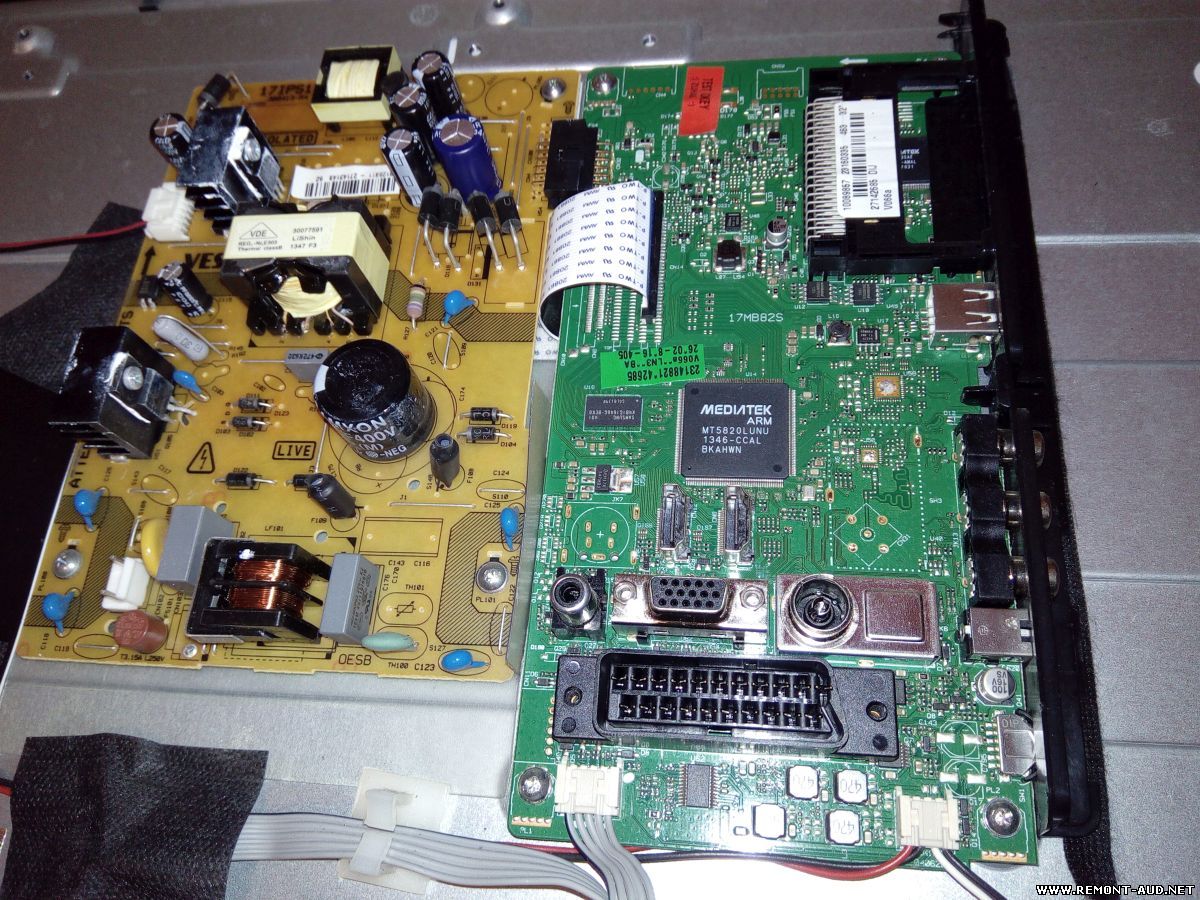A BIN file is a generic data file that stores information entirely or partially in binary format. The .bin extension is used by various applications for multiple types of files. Examples include saved data files, disk images, resource libraries, and firmware updates. In this guide, we will show you the steps to extract the Samsung TAR/LZ4/BIN firmware files. For example, OnePlus have it in payload.bin, Oppo, and Realme in OZIP, Xiaomi is a simple ZIP format, and so on.
This tool supports only conversion in direction of bin-to-elf. To convert an ELF file back to BIN (ie. after modifications), use objcopy utility for the specific architecture. The objcopy tool is a part of GNU Binary Utilities (binutils) and not a part of this repository. Additional updates to the ELF after first look can include defining .bss sections.
- As an alternative to Roxio Toast, you can also try AnyToISO.
- This tool can build a proper DUML packet containing given header fields and payload.
- In these cases, locate the firmware.bin file and copy it to the SD card manually.
- That’s where a configuration file called a “linker script” comes in.
- Binwalk is an open-source tool for analyzing, reverse engineering and extracting firmware images.
Step 2) Run the downloaded installer program to install https://ayurmantra.com/upgrade-your-samsung-note-5-sm-n920t-with-the.html the software on your computer. Because the software also installs certain virtual device drivers, it might ask you to restart the PC, after which the remaining installation will continue. Sometimes the data is compressed, which makes the structure hard to understand. Even if the data is not compressed, the underlying content might be in different formats, such as images, music, etc.

This file “v2.0 AT Firmware(ESP).bin” will be needed by the firmware flasher. Before you can use pyflasher go and get a binary sent to your email


